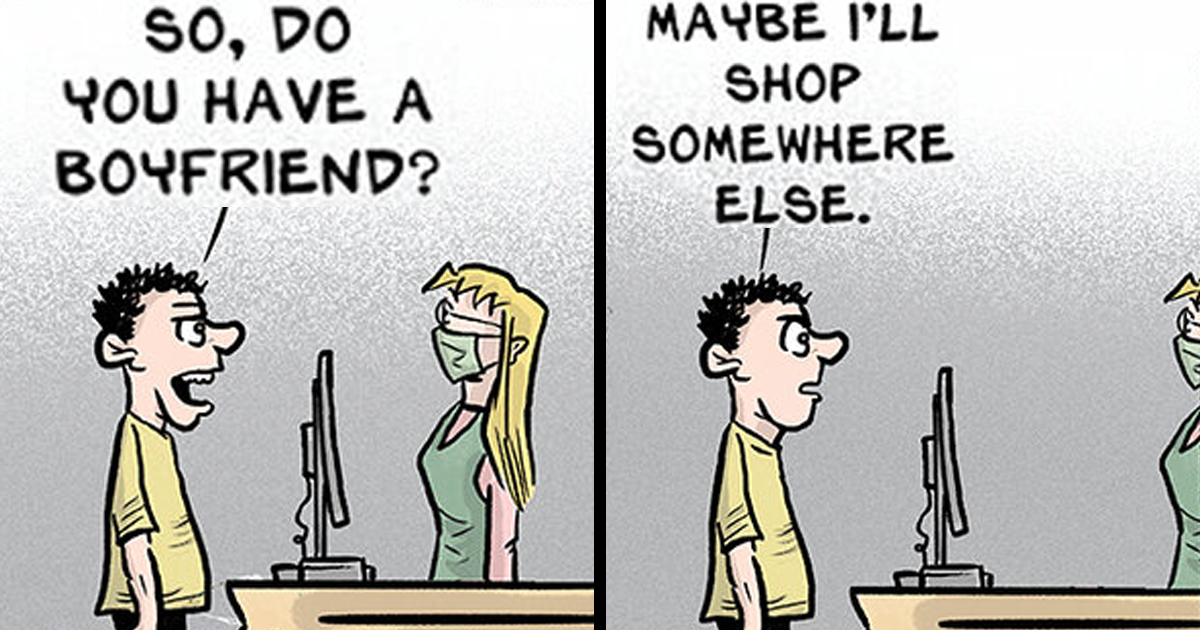26 Surprisingly Brilliantly Engineered Everyday Items You Won’t Believe Are So Affordable
 -This-Whomps- said:
-This-Whomps- said:
Metal pencil sharpeners (the manual kind, not electric).
Don’t buy the plastic ones in the school supply section. Go to the art section. Those metal sharpeners are CHOICE.
normopathy replied:
I have a blackwing two-stage sharpener, I could do surgery with a pencil sharpened with it.
nether_wallop replied:
Please don’t.
 As a new parent… diapers. Disposable diapers in particular.
As a new parent… diapers. Disposable diapers in particular.
Imagine being told as an engineer, you need to design a device to contain the vilest, grossest materials known to man. Both liquids and goopy solids. This device must have 3 tight seals against a constantly moving and wiggling life form of inconsistent size. Said life form has notoriously delicate skin, so the materials you can use are drastically limited. It must be able to be removed and installed in seconds by amateurs running on approximately 14 minutes of sleep…
… and it has to cost about 30 cents a unit.
 HuntertheGoose said:
HuntertheGoose said:
Batteries are marvels of engineering packed tightly into a minuscule canister, even AA batteries are incredibly sophisticated internally.
Toboloroner replied:
I saw a video of someone take apart a lithium energizer battery the other day – and it looks like cotton balls and folded foil just all jammed together.
Like, someone figured out how to harness so much energy into that thing???
It’s me admitting that I can barely tie my shoes, and here are people just casually throwing atoms together to make my car go zoom.
 larryb78 said:
larryb78 said:
Zip ties. Such a simple piece of plastic but so versatile. I have one of the old fashioned chain link fences, some of the fasteners on the middle poles broke and in high winds the fence was swaying like crazy. A half dozen zip ties on the three posts and it doesn’t budge and nobody even knows they’re there.
loverlyone replied:
My son rebuilt the front of his car with them time and again. He’s a genius with a zip tie. With not hitting the car in front of him, not so much.
 the27thQuestioner said:
the27thQuestioner said:
Matches.
SultanOfSwave replied:
Matches are underappreciated because people don’t really understand how complex a match and striker are.
From the Encyclopedia Britannica….
“The head of a match uses antimony trisulfide for fuel. Potassium chlorate helps that fuel burn and is basically the key to ignition, while ammonium phosphate prevents the match from smoking too much when it’s extinguished. Wax helps the flame travel down the matchstick and glue holds all the stuff together. The dye– well, that just makes it look pretty. On the striking surface, there’s powdered glass for friction and red phosphorus to ignite the flame.
Now, the fun stuff– striking a match against the powdered glass on the matchbox creates friction. Heat from this friction converts the red phosphorus into white phosphorus. That white phosphorus is extremely volatile and reacts with oxygen in the air, causing it to ignite. All this heat ignites the potassium chlorate, creating the flame you see here.
Oxidizers, like potassium chlorate, help fuels burn by giving them more oxygen. This oxygen combines with antimony trisulfide to produce a long-lasting flame so you have enough time to light a candle. The whole thing is coated with paraffin wax, which helps the flame travel down the match. Just don’t burn the house down.
As antimony oxidizes, sulfur oxides form, creating that burnt-match scent. The smoke you’re seeing is actually tiny unburned particles resulting from an incomplete combustion. Individually, they’re a little bit too small to see but grouped together, they form smoke. There’s also some water vapor in there.
By the way, all the stuff that we’re explaining in 90 seconds, it all happens within tenths of a second. Chemistry’s fast.”
 Yoink_Tactics said:
Yoink_Tactics said:
Glass bottles. Let’s melt this rock into a clear, brittle material and turn it into what? Windows? Decorations? Screens? No, we’re making pressure vessels, baby!
DisownedByMother replied:
Glass in general. There is a Museum of Glass in Corning NY. It’s pretty interesting and there are some very old pieces there with information on some of the ancient glass making techniques.
 notanotherbreach said:
notanotherbreach said:
LEDs. Cheap diodes. Even colours. Ok, I dislike the blue ones but tint them and you get warm white.
Tactical_Moonstone replied:
Blue LEDs are a Nobel Prize-winning invention for how revolutionary they have been in lighting.
 XG2L5TM3WK said:
XG2L5TM3WK said:
A red brick
DjangoVanTango replied:
Great Answer. There’s a great book called At Home by Bill Bryson which explains the history behind the way we live in our homes. Things like why it’s salt and pepper on our tables, why forks have four tines (a word I learned on the book) m and it includes a whole chapter (admittedly not the highlight of the book) on the history of bricks and how the humble brick literally shaped the way we lived from building our houses to the manufacturing process. The sort of thing that is both utterly fascinating and painfully dull at the same time.


















